Emilia-Romagna: a gastronomic paradise
The Week Portfolio pays a visit to Italy’s culinary heartland
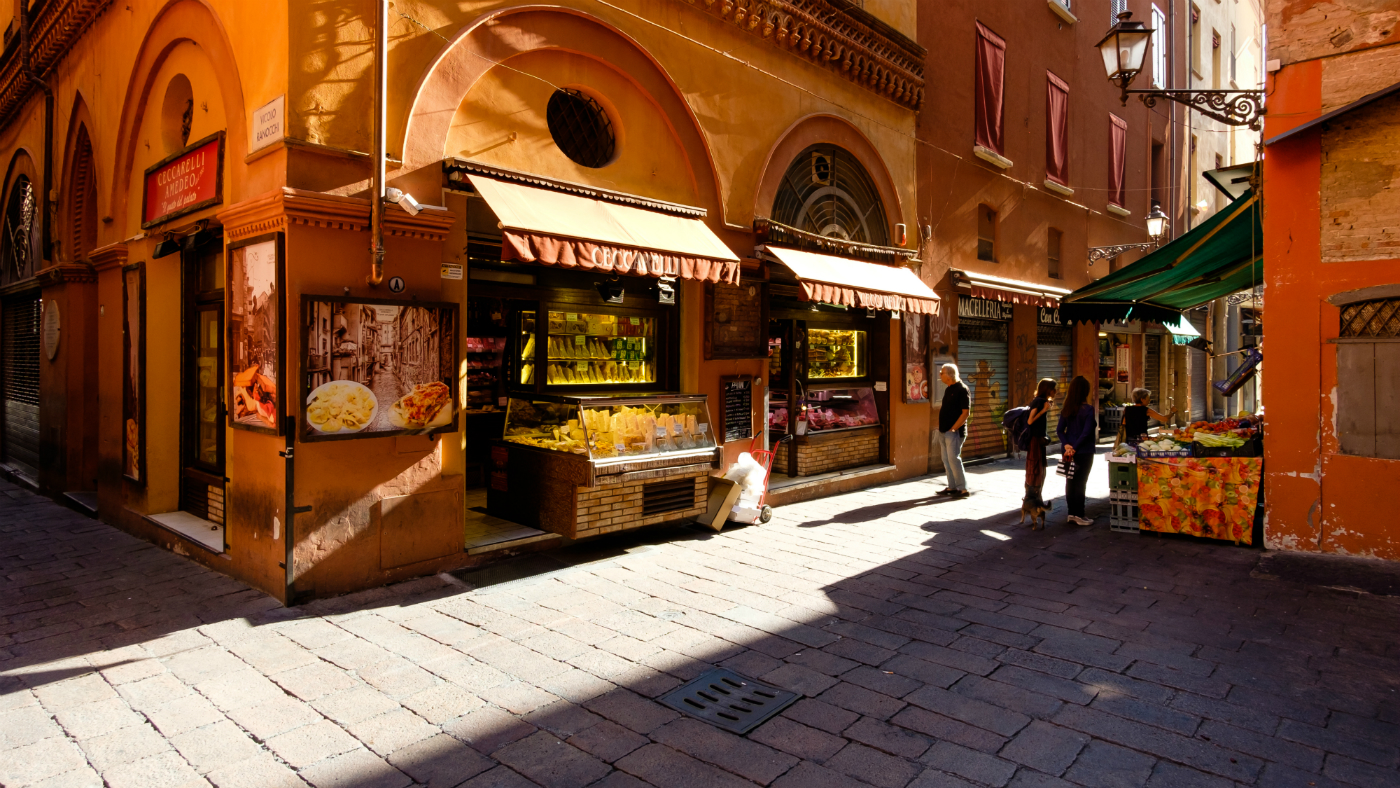
One of London’s classiest and most raved-about restaurant openings of 2019 was Emilia, the in-house restaurant at Bonham’s that was taken over by the smart young restaurateurs Daniel Morgenthau and Will Lander and given an acclaimed Emilia-Romagna makeover.
Emilia’s success reflects the timeless appeal of Emilia-Romagna gastronomy: the delights of aceto balsamico tradizionale di Modena, parmigiano reggiano, lasagne alla bolognese, tortellini, prosciutto crudo di Parma, mortadella, and much more. And that’s before you even get started on the fish, olive oils and wines.
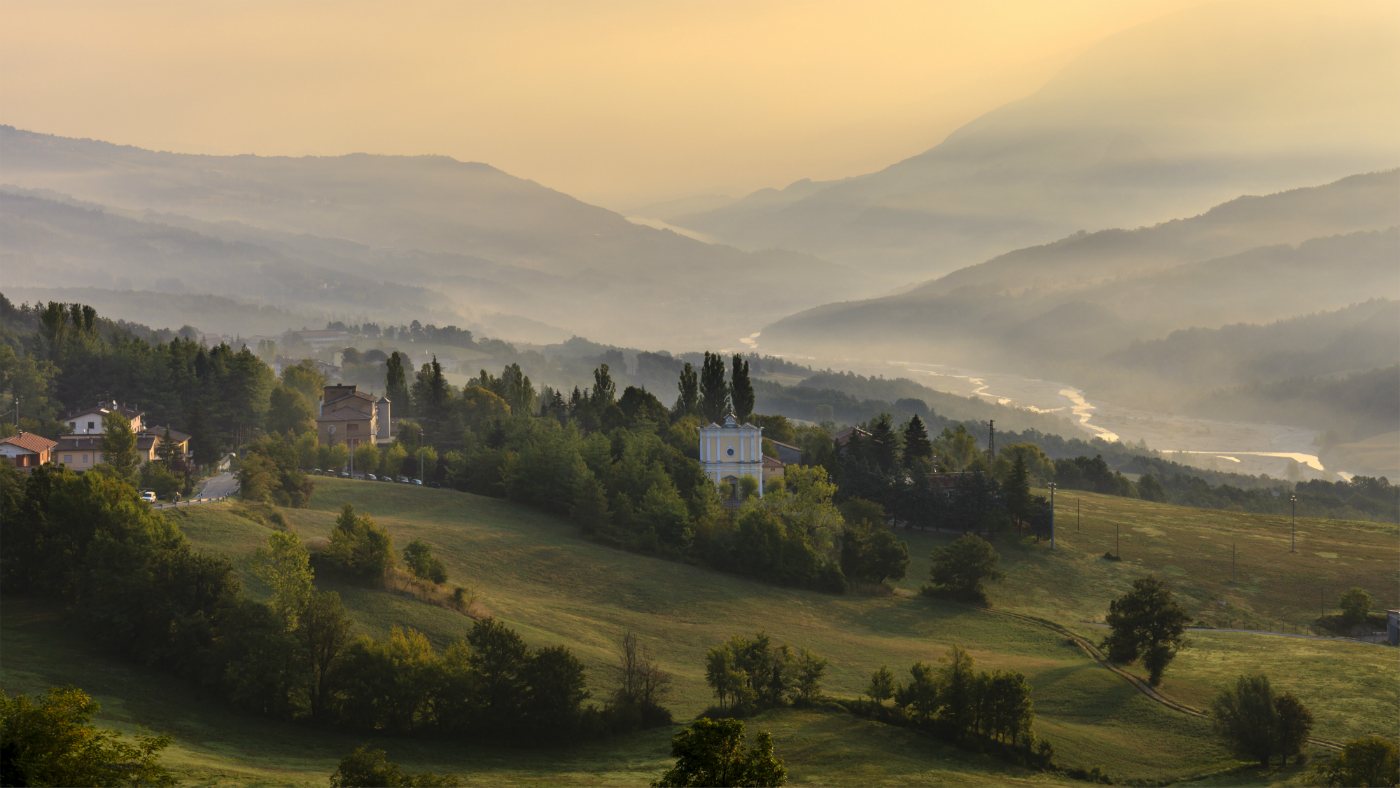
But if you’re not entirely sure where exactly Emilia-Romagna is, you’re not alone. The region is home to some of the greatest glories of Europe’s culinary treasury, yet it attracts a fraction of the hordes that flock to neighbouring Tuscany and Veneto. Unlike Florence or Venice, few of us could point to the regional capital, Bologna, on a map. Which is a pity, because alongside its other joys (such as the world’s oldest university, founded 1088) Bologna is home to FICO Eataly World, a vast and lavish food park celebrating the best of Italian gastronomy (founded 2017).
The Week
Escape your echo chamber. Get the facts behind the news, plus analysis from multiple perspectives.

Sign up for The Week's Free Newsletters
From our morning news briefing to a weekly Good News Newsletter, get the best of The Week delivered directly to your inbox.
From our morning news briefing to a weekly Good News Newsletter, get the best of The Week delivered directly to your inbox.
So, first things first. Emilia-Romagna lies immediately to the north of Tuscany, and stretches across almost the whole of the Italian peninsula, its territory mostly sandwiched between the River Po and the northern Apennines. Several of its great historic cities – Parma, Modena, Bologna – are linked by the Via Emilia, the Roman road that ran from Piacenza in the northwest to Rimini on the east coast.
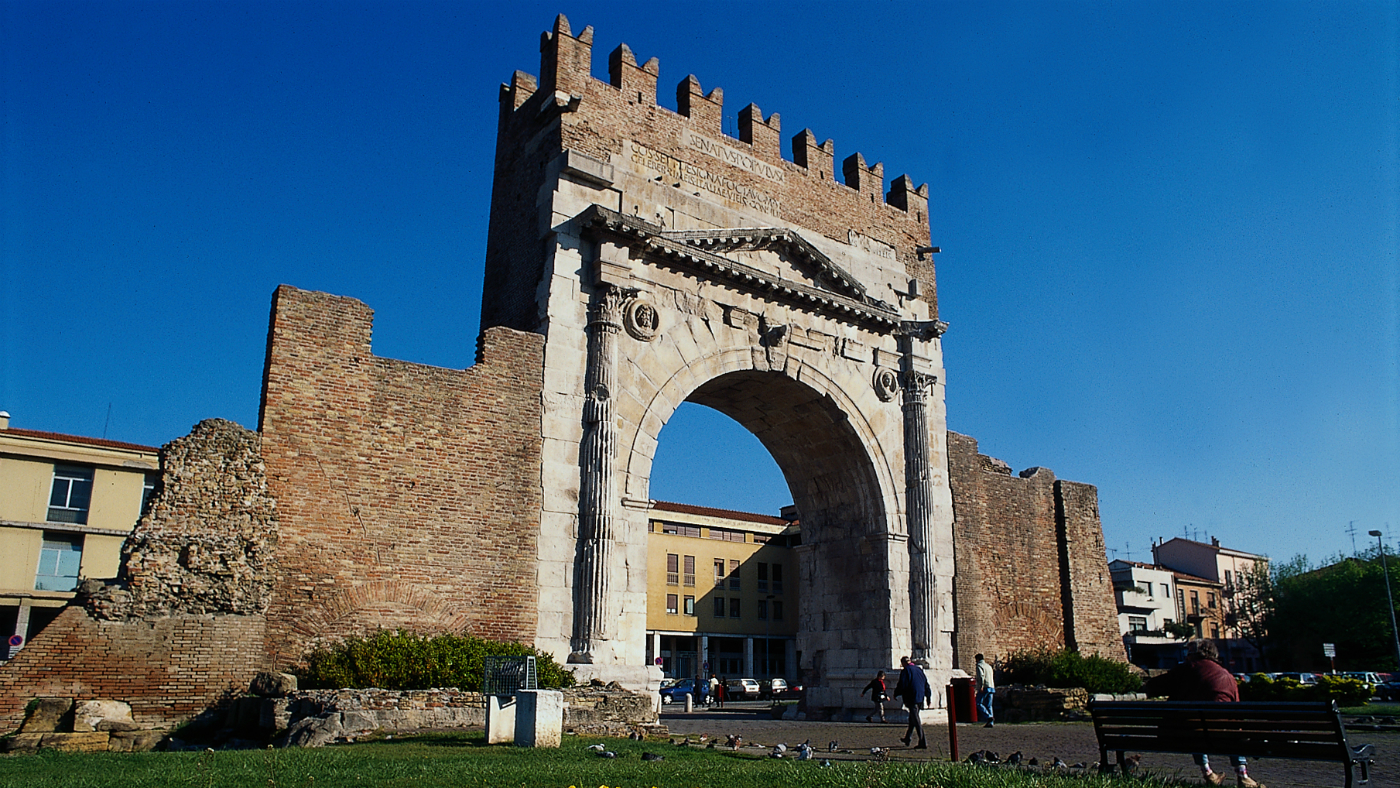
The mountainous southern part of Emilia-Romagna is dotted with spectacular hilltop villages (its long border with Tuscany runs along the ridge of the Apennines). The northern part of the region is made up of fertile plains and the ancient cities along the Via Emilia (plus the even-less-touristy but stunning Ferrara). And on the east coast there are the wetlands of the Po delta, one of the greatest jewels of Italy, Ravenna – and numerous Adriatic beach resorts, including Rimini.
In short, Emilia-Romagna is the ne plus ultra destination for Italy-loving gastronomes. But in between all the eating and drinking, its ancient cities offer sumptuous Renaissance palaces, frescoed medieval and Romanesque churches, Byzantine artworks, and the ancient mosaics of Ravenna – all of which can all be sampled in a rather less fevered atmosphere than in neighbouring regions. And if you want to laze in the sun, it’s got great beaches, too.
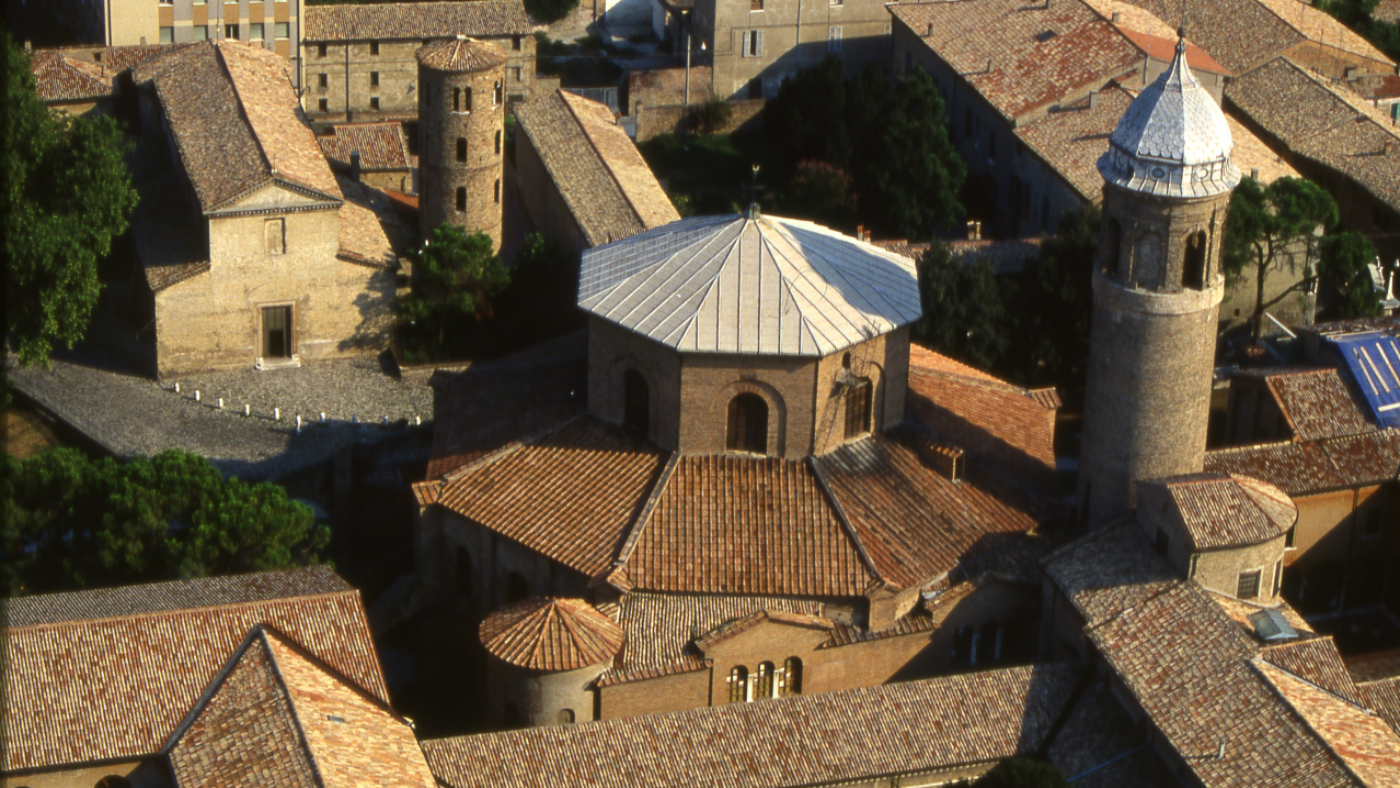
So much for the topography. Where to eat?
A free daily email with the biggest news stories of the day – and the best features from TheWeek.com
On a recent whistle-stop gastronomic tour of the region, a real stand-out was Il Piastrino in Pennabilli, an old hilltop village close to the border with the Marche region. Il Piastrino is the deserved holder of a Michelin star for its fish and vegetable-focused tasting menus. It is classy without being remotely stuffy. Service is welcoming but focused. And the village itself is properly stunning.
If you can, you should spend an hour or two just strolling through Pennabilli, and up to the peak above it, where you will find – incongruously but delightfully – a Tibetan Buddhist shrine and a large metallic structure holding a bell and three Tibetan prayer wheels. It turns out that a local Catholic priest went on a clerical mission to Lhasa in the 18th century, and later helped write the first Italian-to-Tibetan dictionary. In turn, the present Dalai Lama has visited Pennabilli twice: the shrine and bell serve to honour the link.
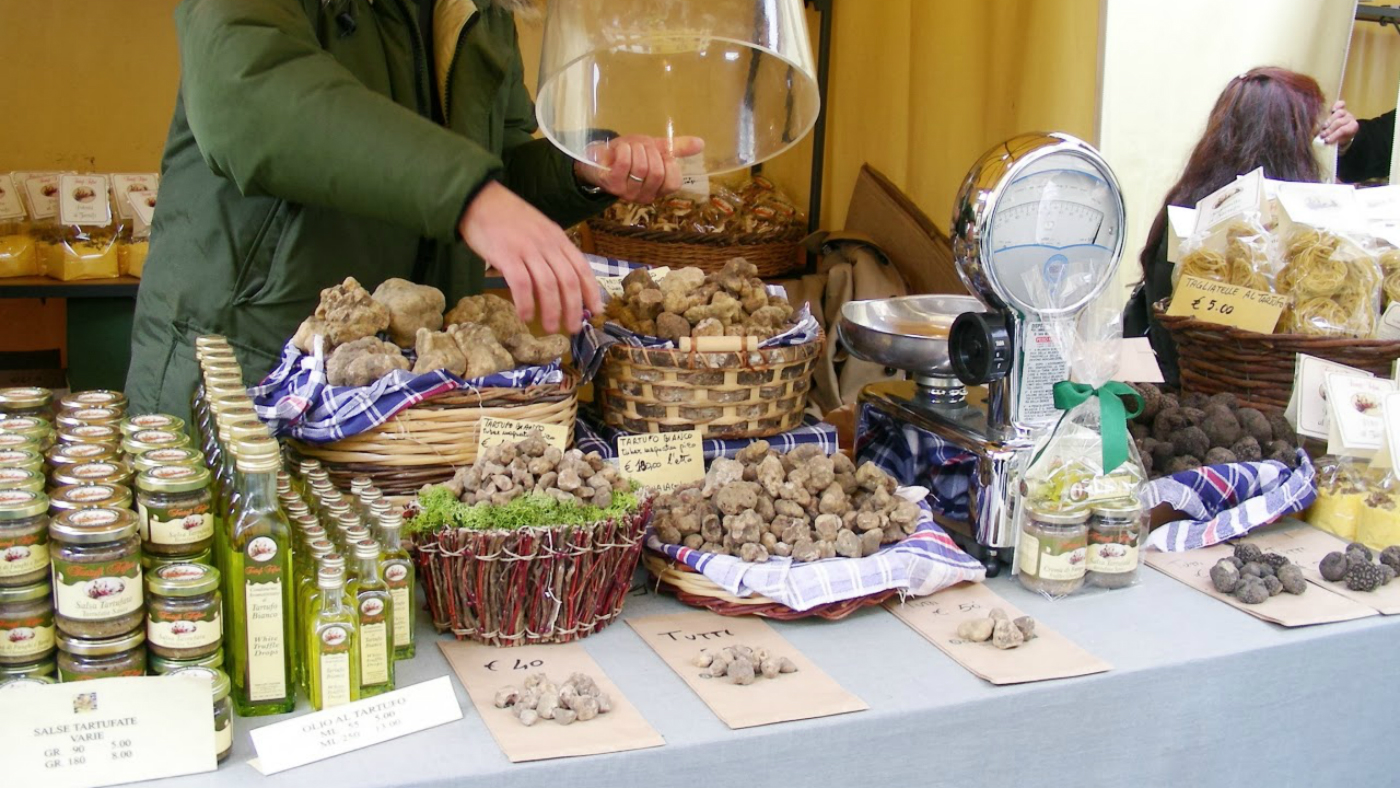
If you prefer truffles to prayer wheels, then the town of Sant’ Agata Feltria, a few miles away, will be for you. This place is home to an annual month-long white truffle festival, and it is not hard to find truffle-hunters who will take you along and show you how they (and their dogs) snuffle out their quarry. Or if you just want to eat the stuff, head to the excellent Tulipano Nero. This popular restaurant in the centre of town specialises in hearty truffle dishes – and its generously-sized portions almost defeated us. Almost.
Up the coast, we spent a enjoyably luxurious night in Rimini’s Grand Hotel, famed (among other things) as the place where Federico Fellini kept a permanent suite. As a boy in the 1920s, Fellini became obsessed with the glamour and mystique of the (then newish) hotel. He later featured it in several of his films, and it while staying here in 1993 that the great filmmaker collapsed (and later died).
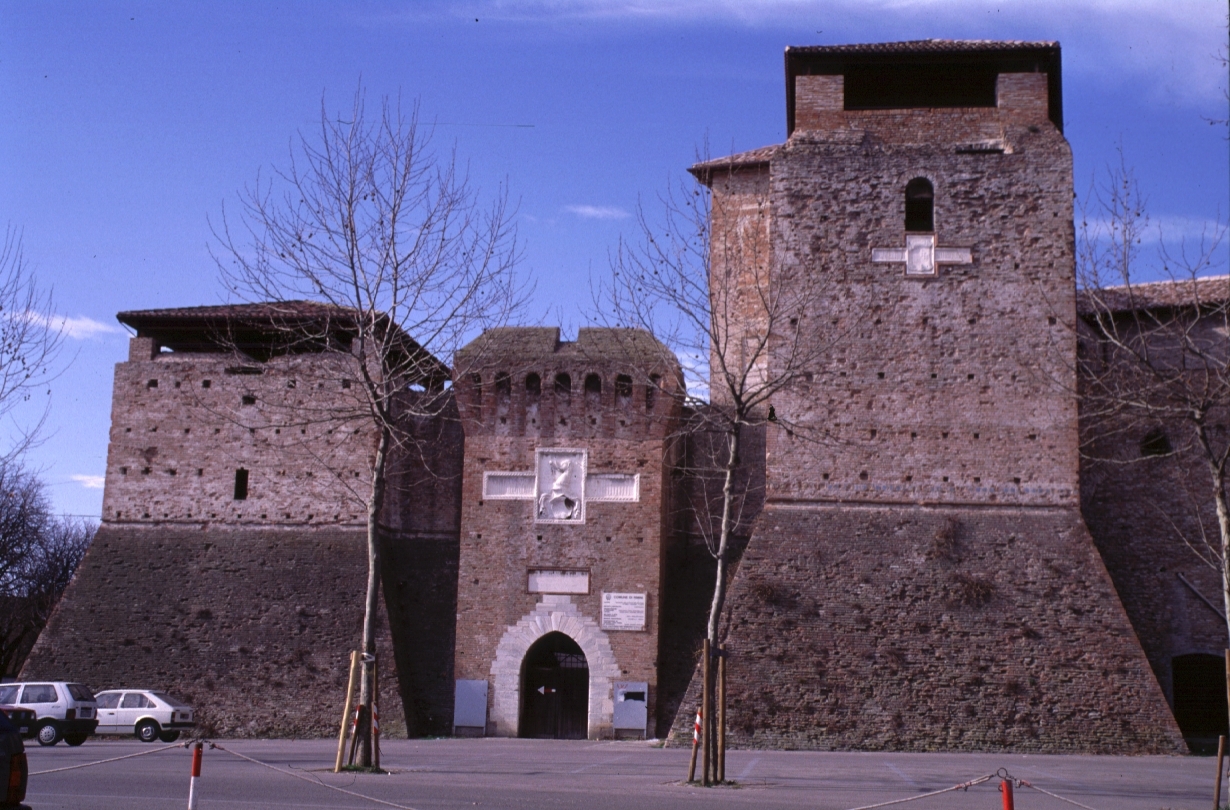
Film fans must be certain to visit the Cinema Fulgor, the gorgeously restored local picture house where Fellini fell in love with film, and which is now dedicated to honouring his legacy. And another beautifully restored cultural icon to explore – alongside the many Roman sites – is the city’s Teatro Galli, a 19th century opera house which closed in 1943 due to bomb damage, and reopened last year following a magnificently lavish restoration.
For dinner in Rimini, I recommend Club Nautico, a buzzy but relaxed fish restaurant by the marina that was packed with happy diners the Friday night we were there. If it’s lunch you’re after, head over the Tiberius Bridge and have a wander round the Borgo San Giuliano, Rimini’s most beguiling district (immortalised by Fellini in his 1973 film Amarcord). Once a fishing hamlet, the Borgo’s narrow streets feature murals with Fellini themes, and any number of fantastic, cheapish restaurants. We enjoyed a range of first-rate local pasta dishes upstairs at the friendly, airy, and colourful Osteria de Borg.
Further up the coast at Ravenna, a day filled with viewing no fewer than eight Unesco world heritage sites of exceptional Byzantine mosaics is going to make you peckish. We had an first-rate meal of pasta primi and fish secondi at Corte Cabiria, a coolly glamorous and light-filled modern restaurant hidden away in a walled garden off a side street.
Last, no trip to Emilia-Romagna would be complete without a plate of tagliatelle al ragu. (In these parts ragu alla bolognese dresses tagliatelle; never spaghetti). We spent a hugely enjoyable evening at Collina dei Poeti, a charming olive farm, winery and hotel close to Santarcangelo, west of Rimini. Here, we were instructed in how to make, roll and cut out the perfect tagliatelle, before enjoying the fruits of our labours along with equally perfect ragu and a few bottles of home-produced Sangiovese.
And it was all just as blissful as it sounds. Emilia-Romagna in a nutshell.
Room only at Grand Hotel Rimini is from £53pp based on two sharing. See grandhotelrimini.com.
For further information on Emilia Romagna, visit www.emiliaromagnaturismo.it/en.
-
 ‘Care fractures after birth’
‘Care fractures after birth’instant opinion Opinion, comment and editorials of the day
-
 Shots fired in the US-EU war over digital censorship
Shots fired in the US-EU war over digital censorshipIN THE SPOTLIGHT The Trump administration risks opening a dangerous new front in the battle of real-world consequences for online action
-
 What will the US economy look like in 2026?
What will the US economy look like in 2026?Today’s Big Question Wall Street is bullish, but uncertain